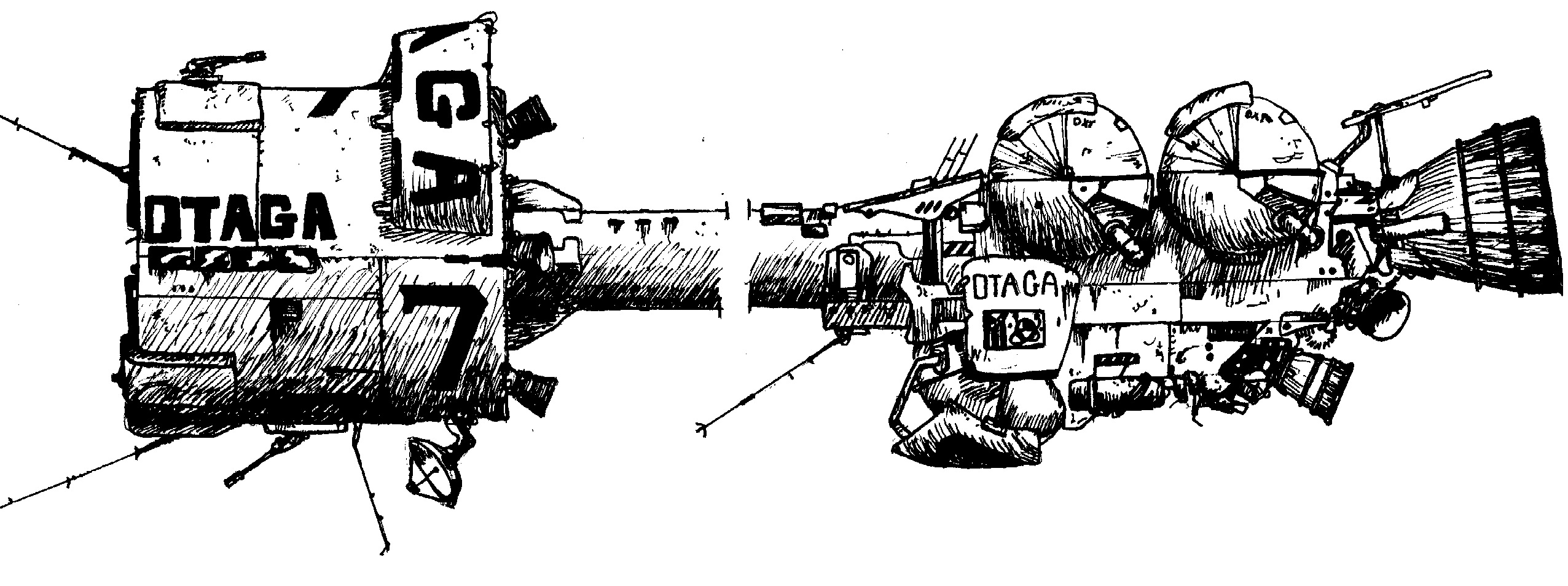Characters in a book are described by the author. These descriptions usually include the character's physical appearance, the way he or she thinks and their motivations. In Genesis you must also describe your character. Although the kinds of description listed above are essential to your character in a role playing game there are also other kinds of description which make each character unique. The other descriptions are in the form of numbers. In Genesis there are four main types of numbers that are used to describe a character. These numbers tell you, the player, about your character and can be broken down into a few main types - attributes, damage points, skills, and other personal information. Each of the different races have different attributes, so it is important that you choose your character's race wisely (See Races). In this section we will describe each of the different types of character information and tell you what exactly each tells you about your character.
Attributes
Each role playing-game uses it own set of attributes and in each game they have different meanings. In Genesis attributes describe how well characters can perform a task and represents the purest rating possible. Attributes are based on the physiology and structure of a race. They represents a single physical or mental ability which cannot be broken down to any smaller parts. When you choose your characters race remember that all races are not created equal. The different races and their physical descriptions are covered in the Races section of the Caudex Centia. The character's abilities will be affected depending on the race that you choose, so you should read each race description carefully before deciding. There are nine PRIMARY ATTRIBUTES which are rolled up by you, and three other SECONDARY ATTRIBUTES that are calculated by using the primary attributes. Secondary attributes are used less often than Primary attributes and are slightly more specialized.
Primary Attributes
| Attribute | Abbreviation | Description |
|---|---|---|
| Physical Strength | PS | a measure of the character's musculature and his, her, its ability to use it |
| Agility | AG | quickness, reaction speed, and, the manual dexterity of a character |
| Constitution | CO | bodily ability to withstand damage and to function under adverse conditions |
| Perception | PR | a measure of the character's natural ability to notice detail that would normally go unnoticed |
| Wisdom | WS | This is a measure of the ability of a character to look ahead, draw conclusions and use their knowledge |
| Intellect | IT | The common sense, intelligence, understanding, learning ability and learning capacity of a character |
| Mental Control | MC | The character's ability to focus mental energy on a specific task. Including bio-feedback, general will- power, and concentration |
| Influence | IN | Ability to sway people's opinion and motivate their actions. This also includes their natural charisma |
| Appearance | AP | Physical appearance of the character to a member of his or her own race |
Secondary Attributes
| Attribute | Abbreviation | Description |
|---|---|---|
| Aim | AM | The ability to aim weapons in a given direction and successfully hit a target |
| Brawl | BR | The ability to fight hand to hand, break hand to hand holds and, handle hand to hand combat |
| Move Points | MP | This expresses the ability of the characters to move through adverse conditions while encumbered |
Damage Record
On the Character Sheet, at the end of this chapter, you will see a large area of blanks with a list of body parts in the middle. This is not a menu from a Throw restaurant, it is the Damage Record. Each part of the body has a certain amount of physical abuse that it can withstand and as a body part sustains damage, points are subtracted from the total. So, the first time a body part is knocked or hurt it won't immediately fall off but if it is continually damaged it just might. Some races have different bodily structures and body segments may be more numerous, larger, or non-existent depending on the race.
Skills
These are learned abilities which are of great use to a character, because they allow a character to accomplish specific tasks. Skills can be learned from two sources, society and school. The first way to learn skills is from the characters parents and the society the character grew up in. For instance a Faborian would have less of an education in technical skills than would an Eebek. The second way to learn skills is to attend school, in this case the player decides which skills the character learns. The only limiting factor of how many skills are learned, is time. Beginning characters have only three free years of school and after this time the character must pay for each additional year.
Skill Descriptions
The skill list, on the second page of the character sheet, is grouped into different categories. The categories are:
- Combat
- Languages
- non-technical
- Science
- Social Sciences
- Technical
- Xeno-Disciplines
The skills are grouped in these categories for convenience and for the allocation of Performance Points (See Performance Points, Character Life). Each category of skills is used in different situations. There is one however, Xeno, which may not be obvious at first glance. Xeno-Disciplines are mental control skills and are only used by a few very special characters. A full description of these skills can be found later in this chapter.
Personal Information
The rest of the Character Sheet contains personal information like age, height, weight, occupation, financial holdings, physical description and the weapons and equipment that the characters has. Being the author of your character you should give your character a personality, and by doing so you will flesh-out your character.

